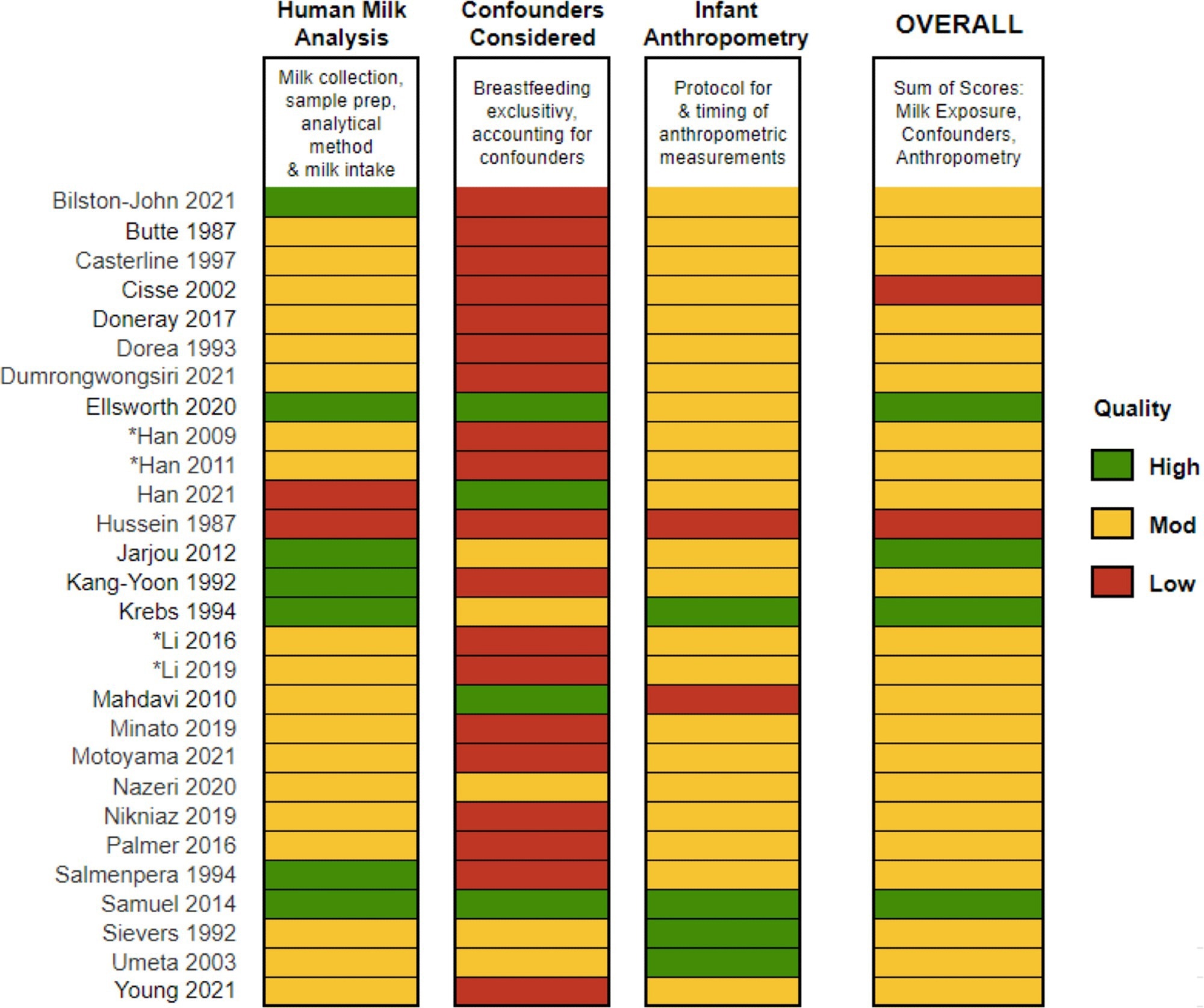Poor breastfeeding practices cost as much as 1.4 million deaths among children each year while contributing to a tenth of childhood diseases. Good nutrition is vital to physical and social development and lifetime health, especially so during periods when there is rapid growth.
A new study published in the journal Advances in Nutrition addresses stunting of growth, a significant marker of nutritional deficiency in childhood, via a review of child growth and development measures, in relation to human milk components such as micronutrients, macronutrients, and bioactives.
 Review: Human milk micronutrients and child growth and body composition in the first 2 years: a systematic review. Image Credit: akids.photo.graphy / Shutterstock
Review: Human milk micronutrients and child growth and body composition in the first 2 years: a systematic review. Image Credit: akids.photo.graphy / Shutterstock
Introduction
An earlier pooled analysis of 31 cohorts, with approximately 63,000 children from low-income countries, showed that most stunting occurred during the period of exclusive breastfeeding, between birth and three months. This motivated the current study, exploring the relationship between micronutrients and child growth and development.
It extends the reach of prior research that traces the alterations in micronutrient concentrations throughout lactation and the factors that are associated with such changes by relating them to the measures of child growth in a population of healthy infants born at term.
The articles included in this study date from 2010 onwards and involved over 2,500 mother-child pairs. The most frequently assessed outcomes were height-for-age, length-for-age, weight, weight-for-age, length, and weight-for-length. Notably, fat percentage, mid-upper arm circumference, wasting, underweight, or overweight, as well as body mass index (BMI) or BMI-for-age-Z-score, were not included in any study.
Significant limitations were present for most studies, including restrictions on the period of sampling of human milk, duration of follow-up, variation in reporting of results, and the time points at which sampling was performed.
What did the study show?
Surprisingly for such a sensitive topic, little was uncovered about the association between micronutrients in human milk and measures of child growth. Most of what is known came from just five studies, including only ~450 mother-child pairs.
The evidence indicates that the concentrations of multiple micronutrients, notably iodine, manganese, calcium, and zinc, may be related to infant growth. The data is inadequate for definitive conclusions, coupled with the possibility of bias and the small size of most samples.
Moreover, case studies were specifically excluded from this paper, leading to some artefactual results, such as the absence of any association between vitamin B12 deficiency and poor infant growth. Again, some but not all studies indicated a positive correlation between calcium content in human milk and infant growth, but this may be demonstrated to be the result of total human milk intake rather than calcium concentration.
Similarly, individual micronutrients bear different associations with infant growth than when they are studied together, the way in which they occur in nature. Finally, infants shift from exclusive breastfeeding to the intake of semisolid and then solid food, replacing human milk to a large extent.
Systems biology research would be helpful to understand the relationship borne by early childhood growth to this complex fluid, the concentrations of various micronutrients at various time points, the difference in amount and frequency of breastmilk intake over the first two years of childhood, and the similar patterns seen in multiple micronutrients.
“Clearly, more foundational research is needed on HM composition and infant growth, anthropometry and nutritional status, a conclusion that echoes the collective voices of other HM scientists.”
 Association of HM micronutrients and infant growth in the first 2 years: summary of quality assessments of included articles. Asterisks (*) denote companion articles from the same study.
Association of HM micronutrients and infant growth in the first 2 years: summary of quality assessments of included articles. Asterisks (*) denote companion articles from the same study.
What are the implications?
The current work has significant implications derived from a comprehensive overview of existing research into the associations between various micronutrients in human milk and the growth and development of term infants over the first two years of life.
There are few studies on the impact of individual micronutrients on human growth and development. Among the most studied, manganese, calcium, and zinc levels related to multiple outcomes.
However, less than a fifth of the studies reviewed here were of high quality, adjusting for confounding factors and providing detailed information about feeding practices other than breastfeeding. Moreover, the effects of micronutrients in combination, as is typically the case with breastfeeding, have not been evaluated in the vast majority of studies.
Similarly, the manner in which micronutrients interact with other nutrients in breast milk is often not accounted for in existing studies. This noticeable research gap emphasizes that “High-quality research employing chronobiology and systems biology approaches is required to understand how HM components work independently and together to influence infant growth,” allowing better intervention designs.